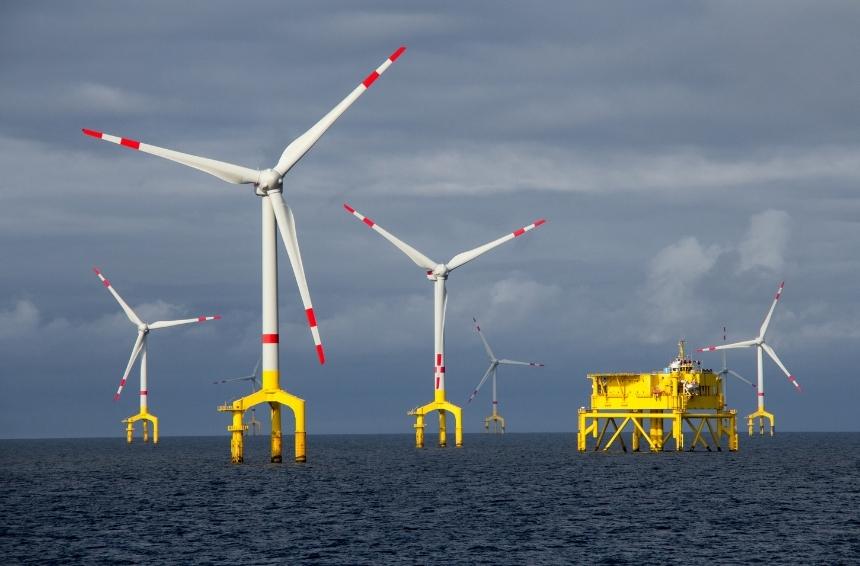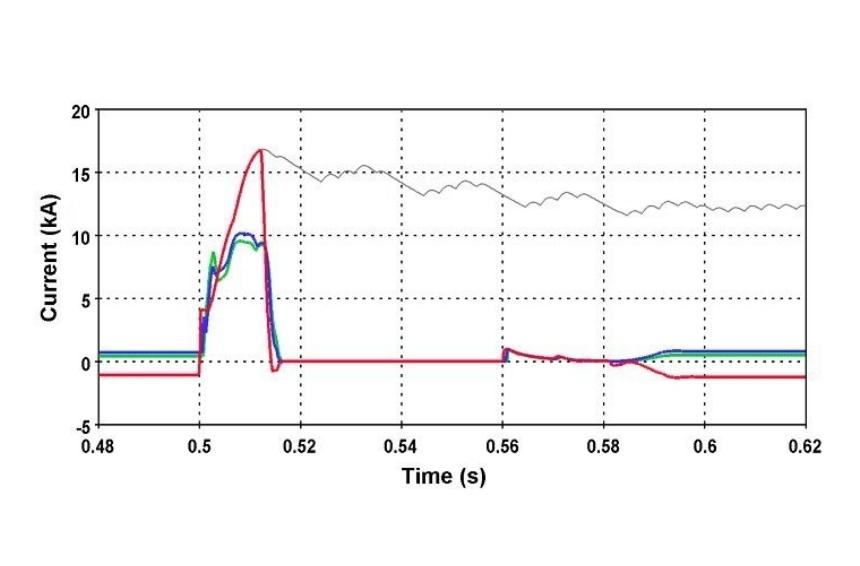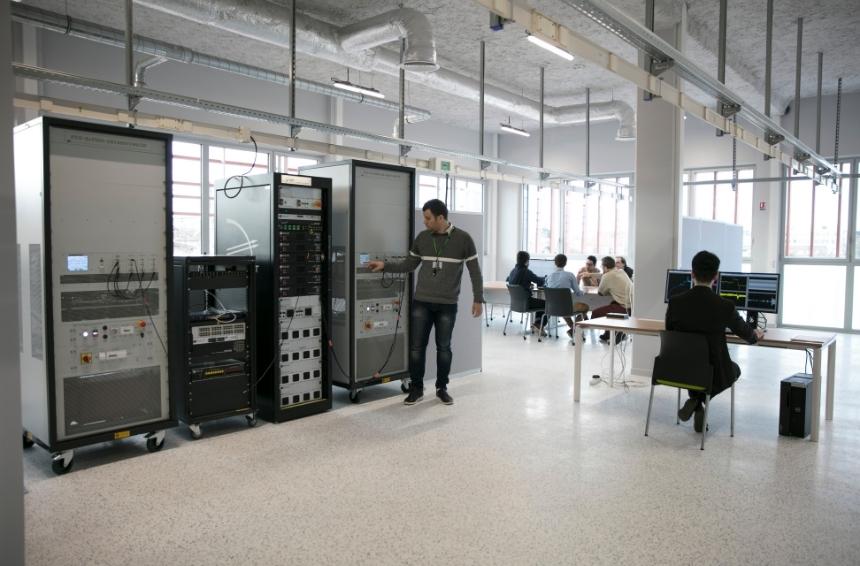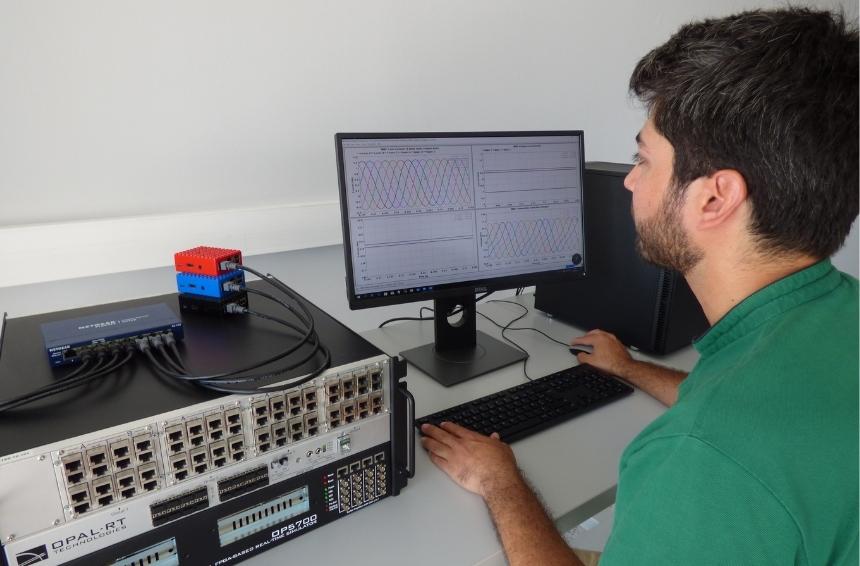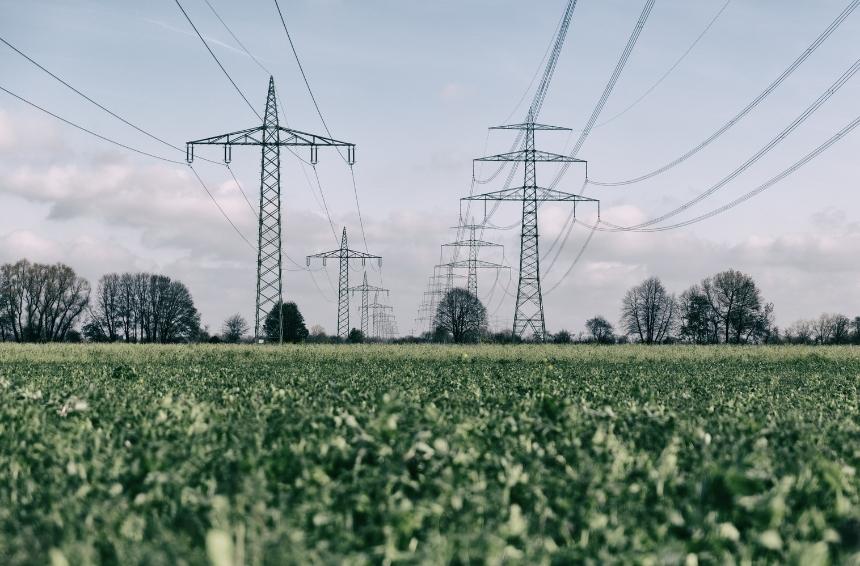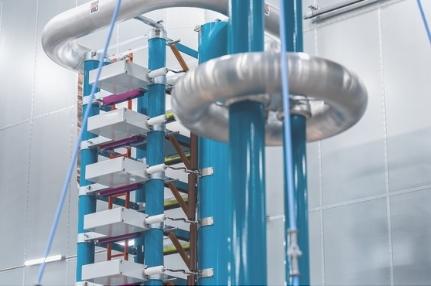Architecture & systèmes du supergrid

“Pour réussir la transition énergétique, les réseaux électriques doivent avoir la capacité d’intégrer massivement des énergies renouvelables, via des composants en courant continu (DC). SuperGrid Institute met à disposition son expertise pour développer les technologies et les méthodes d’analyse associées afin de garantir le bon fonctionnement des réseaux AC et DC interconnectés.”
Jean-Baptiste HEYBERGER, Directeur du département Architecture & systèmes du supergrid
Les experts de SuperGrid Institute s’efforcent de relever les défis techniques auxquels sont confrontés les réseaux à courant continu. Nous développons des technologies pour contrôler et protéger la stabilité des réseaux HVDC et MVDC, qui doivent être beaucoup plus dynamiques que les réseaux en courant alternatif (AC).
La définition des exigences relatives aux composants clés des réseaux en courant continu (DC) ou des systèmes d’alimentation combinés AC/DC, ainsi que la conception et la simulation des performances techniques de ces systèmes sont au cœur de notre travail. Nous utilisons des simulations transitoires électromagnétiques en temps réel avec des modèles intégrés précis des systèmes de contrôle des convertisseurs de puissance pour démontrer comment un système se comportera lorsqu’une nouvelle technologie sera intégrée au réseau (par exemple une nouvelle stratégie de protection).


Nos projets de recherche incluent :
Publications récentes
Influence of MMC control philosophies on Multi-Terminal HVDC Design and Expandability
the influence of different control philosophies for Modular Multi-level Converters on the design of MTDC grids’ control and protection is investigated and discussed.
InterOPERA: establishing the foundations for a multi-vendor, multi-terminal HVDC system
InterOPERA project's Deliverable 3.3(B) establishes the technical foundations for a multi-vendor, multi-terminal HVDC system
Development of Frequency-dependant DC equivalent models for Multi-terminal DC grids
This paper highlights two DC grid equivalent models: a simple RLC model and a frequency-dependent reduced-order model.


